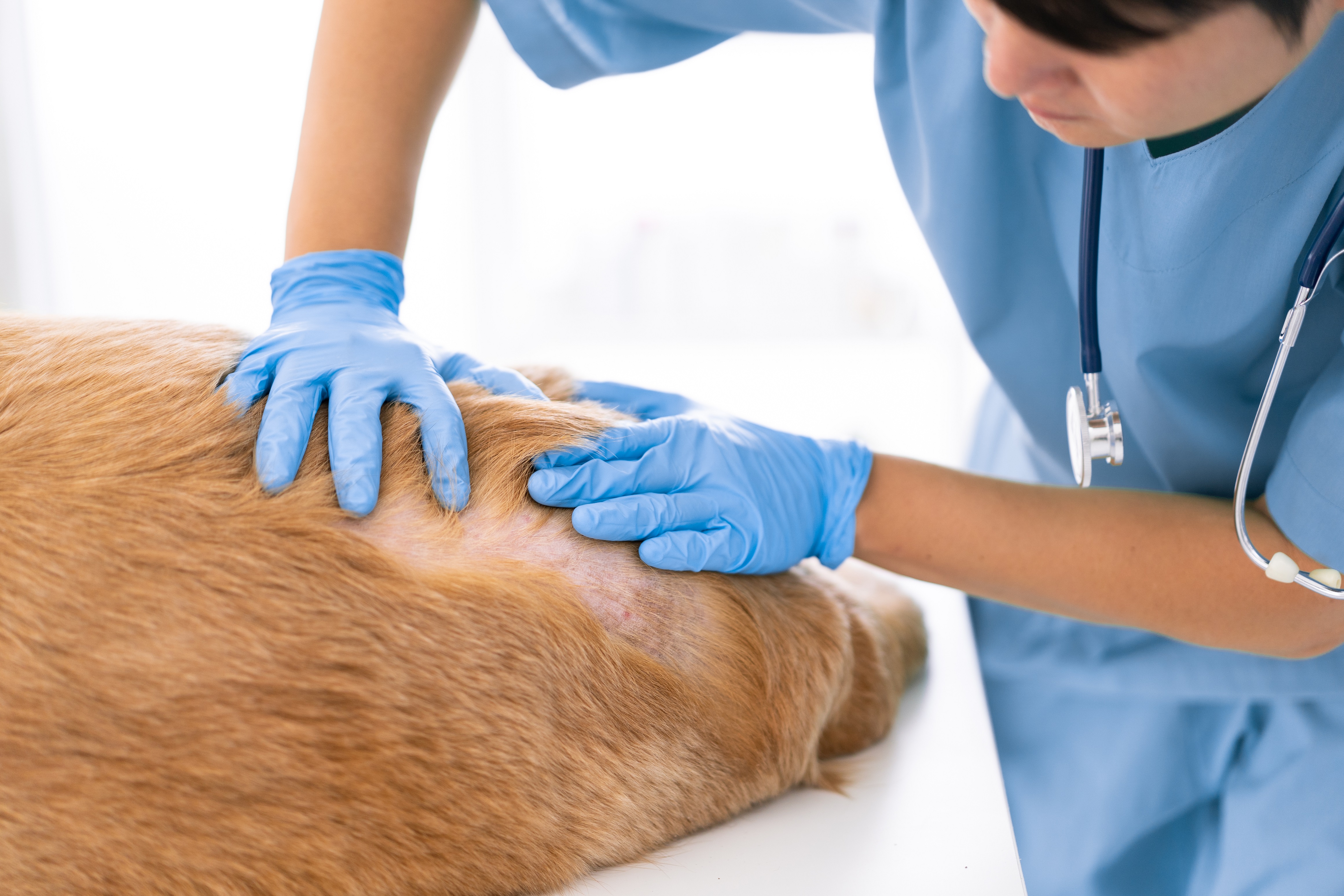
Allergy in companion animals
Allergy is a complex chronic disease that affects 1 in 5 pets, with many suffering in silence. Frequently overlooked and misdiagnosed, allergy symptoms are often mistaken for other issues, leaving the root cause untreated. At Nextmune, we are transforming the perspective on allergies in companion animals.
A complex condition
Allergy is a genetically predisposed condition of hypersensitivity to substances that are common and harmless to most animals. The immunological mechanisms underlying allergy in dogs, cats and horses are essentially the same as in humans. There are five main types of allergy:
- Atopy or atopic dermatitis: Hypersensitivity to pollen, mites, moulds and dander
- Food allergy: Hypersensitivity to protein components of the diet, such as chicken
- Insect and flea allergy: Hypersensitivity to insect and flea saliva
- Contact allergy: Hypersensitivity to materials such as plastic, linoleum and paint
- Drug allergy: Hypersensitivity to antibiotics, anti-parasitic and other medicines
Pathogenesis
Hypersensitivity is caused by a dysfunction in the animal’s immune system whereby the immune system incorrectly perceives a harmless substance as harmful. When an animal is in contact (physically or through inhalation or ingestion) with an allergen for the first time, its immune system will react by producing IgE antibodies.
These antibodies are specific for a particular allergen. When the animal encounters the allergen again, the allergen will be presented to a mast cell which is already connected to allergen-specific IgE. This leads to the production and release of undesirable inflammatory mediators such as histamine and cytokines.
Clinical symptoms
Pruritus is an essential feature of allergy – its diagnosis therefore requires a history of itching. Cutaneous lesions such as erythema, excoriations and self-induced alopecia also relate to the severity of the disease.
Respiratory symptoms (allergic rhinitis, asthma), gastrointestinal symptoms (vomiting, diarrhoea, gastritis) and ocular symptoms (conjunctivitis) may also appear.
Reduced quality of life – for both pets and owners – is an outcome that has an impact not only on the health and wellbeing of the pet, but also on the human–animal bond.
Dog and cat allergy symptoms
The skin inflammation associated with itching is an important symptom and to correctly diagnose atopic dermatitis it is important to know in what context, at what times, and how much the dog or cat itches.
Skin inflammation can be aggravated by bacterial (Staphylococcus) or yeast (Malassezia) infections, which also need treatment. Recurrent ear infections are also often caused by allergy (in over 75% of cases).
Signs such as redness, superficial scratch wounds, discoloration of the fur (from excessive licking / grooming) and hair loss also reflect the severity of the allergy. Depending on the duration and severity of the disorder, lesions can vary between erythema (redness), hyperkeratosis (keratinisation) and lichenification (thickening) of the skin. Occasionally, atopic dogs and cats will have watery eyes, asthma or sneeze. Sometimes there may be digestive symptoms.
Symptoms can be present throughout the year or only during a particular season, depending on the allergens that trigger the allergic reaction. The first symptoms typically occur by 1–3 years of age (in around 75% of all cases). Occasionally, symptoms occur in animals under 6 months of age.
-

Iching and scratching is a common symptom of allergy
-

Skin issues are very common in allergic animals
Allergy diagnostics in cats and dogs
An accurate allergy diagnosis requires thorough physical examination including a complete clinical history. All other known causes of itching, such as parasites and infections, must be treated or ruled out before allergy can be diagnosed.
We have developed a few different tests including our PAX-test which, is the first commercial serological IgE-specific test, for animals, that uses allergen extracts and molecular components to identify allergen sensitivities.
Read more about allergy testingAllergy treatment for dogs and cats
Allergies are chronic and need lifelong management. Avoiding allergens like dust mites and pollen is ideal but often impractical. Alternatives include immunotherapy, topical treatments and managing flare ups.
Our allergy treatment portfolio is based on a multimodal approach that ensures you treat both cause and symptom and in addition also makes sure the animal gets all the nutrients it needs to stay as healthy as possible.